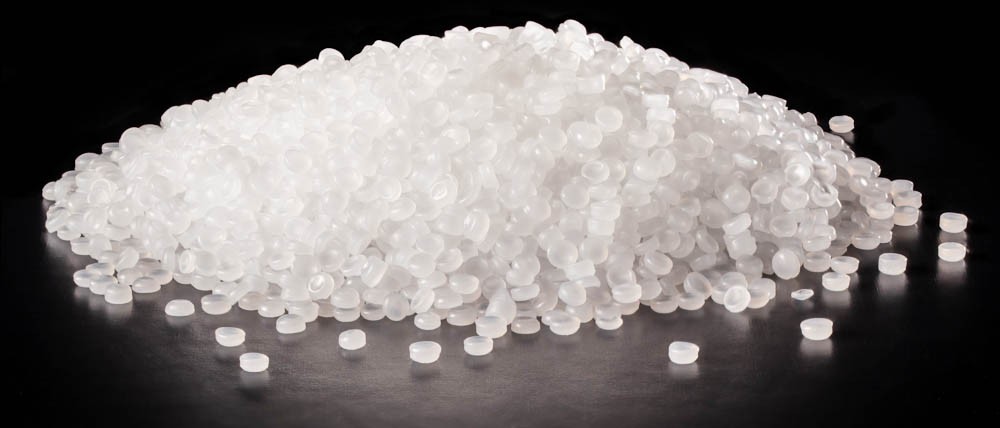Development, technology status and future development trend of modified plastics industry

Due to the rapid development of the plastics industry, the filler masterbatch is no longer used as a single filler material. People use more advanced processes from the production methods of open refining and banburying, adding inorganic materials, chemical additives and other materials. Their respective characteristics and commonalities, and then the use of twin-screw extruders and triple-screw extruders for mixing and extrusion has become an important way and method for people to improve the special properties of plastic products. Plastic filling modification is the fastest growing in recent years. A new industry in the plastics industry.
1. Application of 8 major modified plastics downstream market
Automotive industry; Home appliance industry; Electronic and electrical industry; Machinery and equipment industry; Railway/military/medical/aerospace.
2. Five types of plastic modification methods
(1) Modified filling
The main purpose of filling masterbatch is to reduce production cost. Most of them are produced by using inorganic powder or industrial waste with low price and wide sources as filling material, and adding appropriate amount of additives and synthetic resin.
(2) Modified masterbatch
Modified masterbatch is a new modified material developed on the basis of filler masterbatch. Add inorganic materials such as glass fiber, talc, mica, wollastonite, barium sulfate, kaolin to the resin, or add synthetic resins or auxiliaries with special properties during processing, such as: anti-aging agent, antioxidant, anti-aging agent These composite materials play the functional characteristics of different materials in application.
(3) Functional modification
Various materials such as graphene, silicone powder, rare earth, magnesium hydroxide, metal fine powder (silver, copper, zinc, etc.) are added to the plastic, and the product index is improved through modification technology, and the flame retardancy, aging resistance, resistance Physical properties such as high and low temperature have been improved, and special properties such as electrical conductivity, antibacterial, insulation, and reinforcement can also be realized, and it has occupied a place in the main durable plastic product market.
(4) Multi-component compound modification
Multi-component composite modification mainly combines plastics with one or more inorganic materials, polymer materials, chemical additives, etc. through blending, grafting, block and other forms to make plastics “alloying”. The properties of each component complement each other to form a plastic material with multiple excellent properties, so as to achieve the purpose of improving performance and multi-functionality.
(5) Special modification
Different functional materials or additives are added to the special plastics, so that the expensive special plastics not only maintain the original characteristics, but also have special functions, which are suitable for the market application of various products.
3. Three new trends in the development of modified plastics
(1) Nanoscale inorganic materials
Inorganic materials are widely used in plastics. The functions of inorganic materials are gradually highlighted with the ultra-fine particle size. Plastics modified with inorganic nano-powders have many unique properties, bringing new development opportunities to the development of the plastics industry.
(2) High-efficiency chemical additives
The development of new high-efficiency additives has become an important development direction for modified plastics. The additives involved in modified plastics are in addition to those commonly used in plastic processing, such as heat stabilizers, plasticizers, UV absorbers, nucleating agents, antistatic agents, In addition to dispersants and flame retardants, high-efficiency and multi-functional functional additives such as toughening, flame retardant, synergistic, and alloy compatibility (interface compatibility) are also critical to modified plastics.
(3) Environmental protection of modified plastics
With the enhancement of people’s awareness of environmental protection and the increasingly strict environmental regulations, the concepts of environmental protection such as plastics’ renewable utilization, environmental digestibility, biodegradability, non-toxicity, odorless, and pollution-free have been integrated into the design and manufacture of modified plastics In the process, attention should be paid to the conservation and rational utilization of energy resources, and the research and development of non-polluting, fully degradable, recyclable and environmentally friendly modified plastic products has become a new hotspot.
